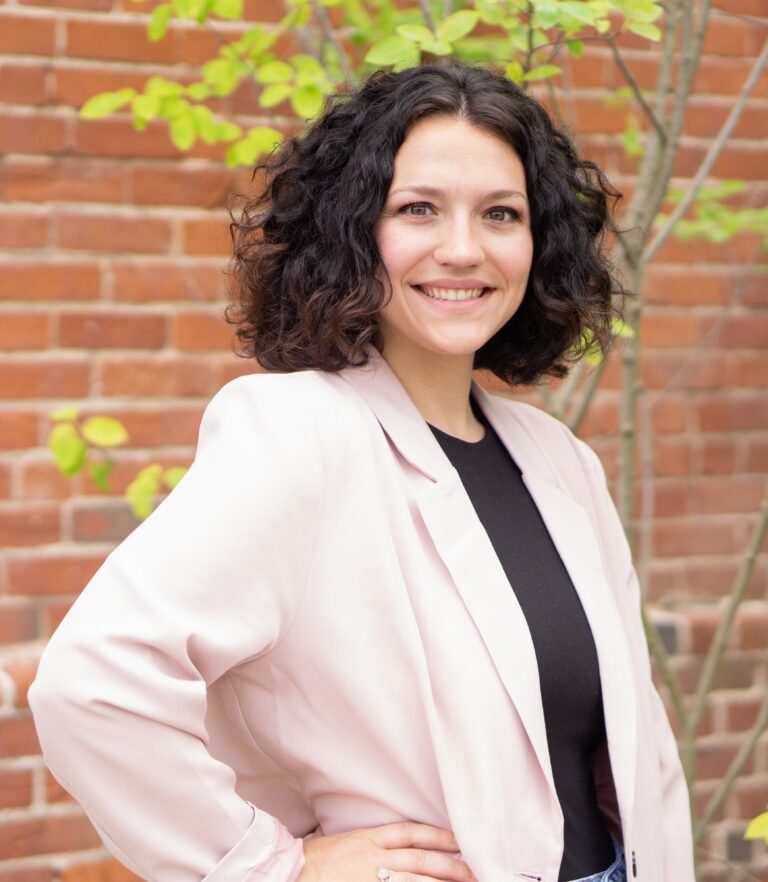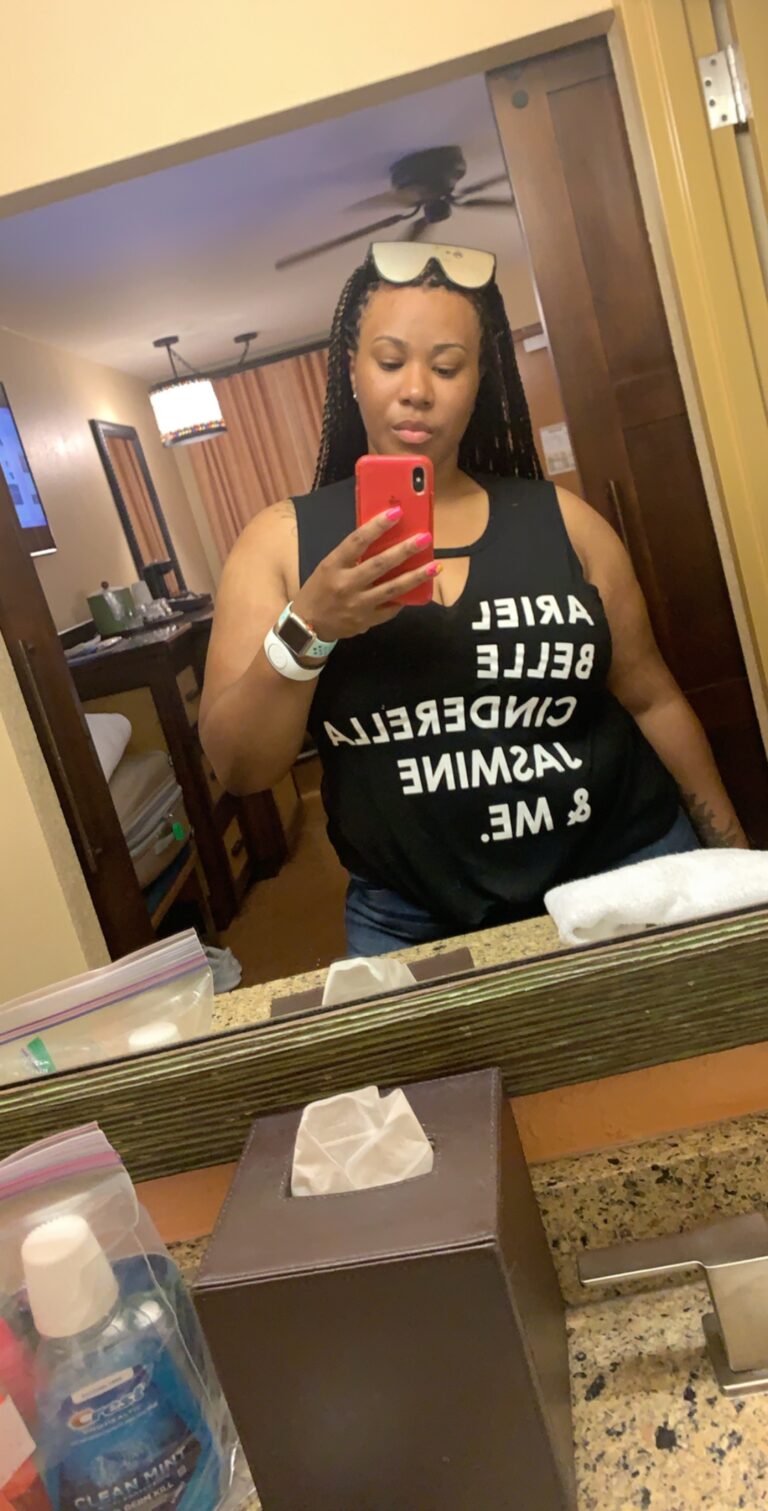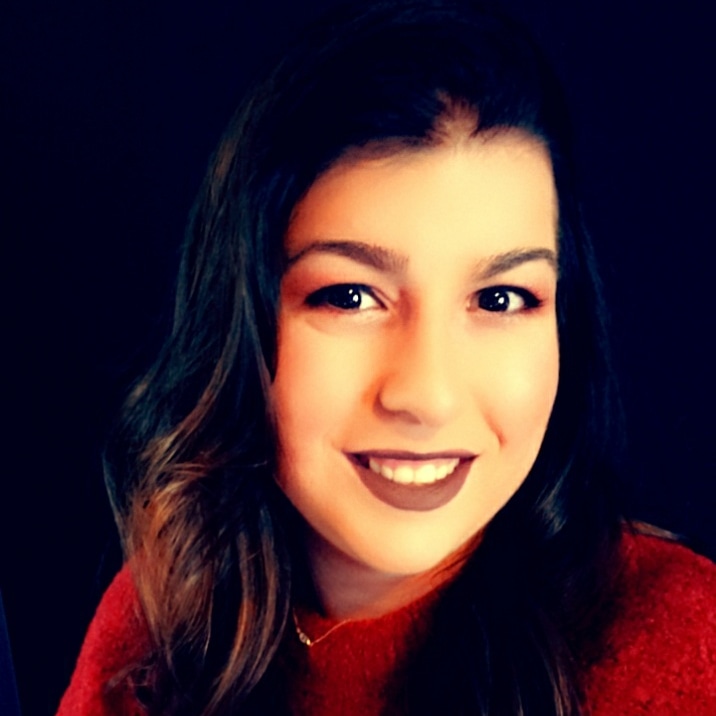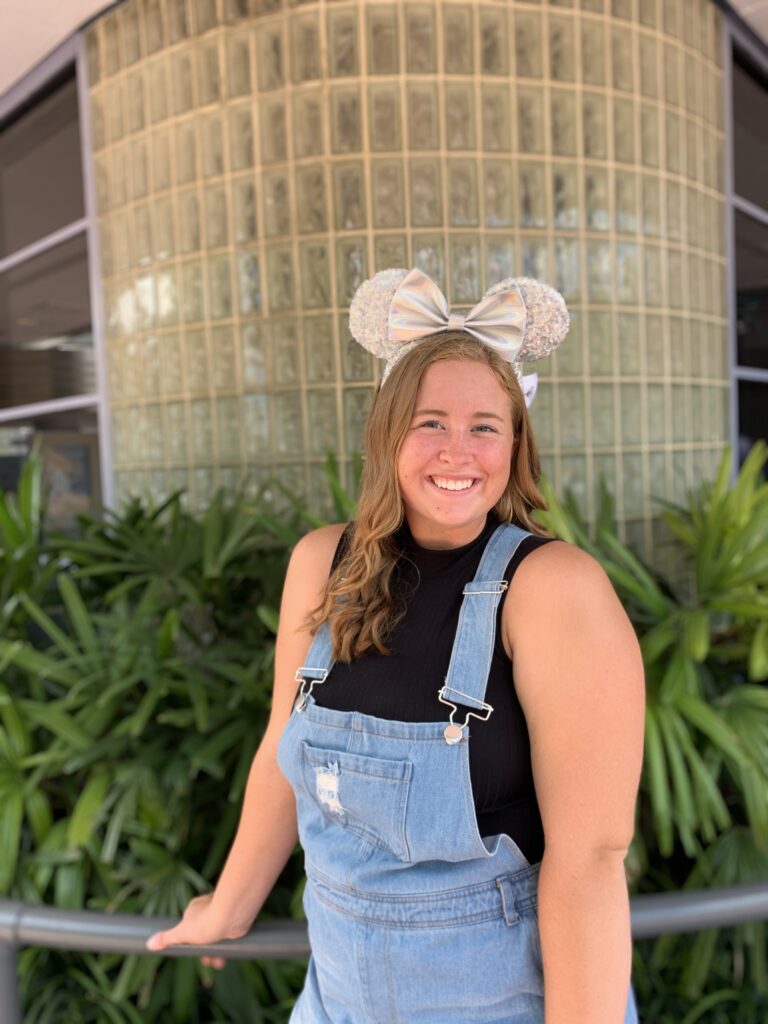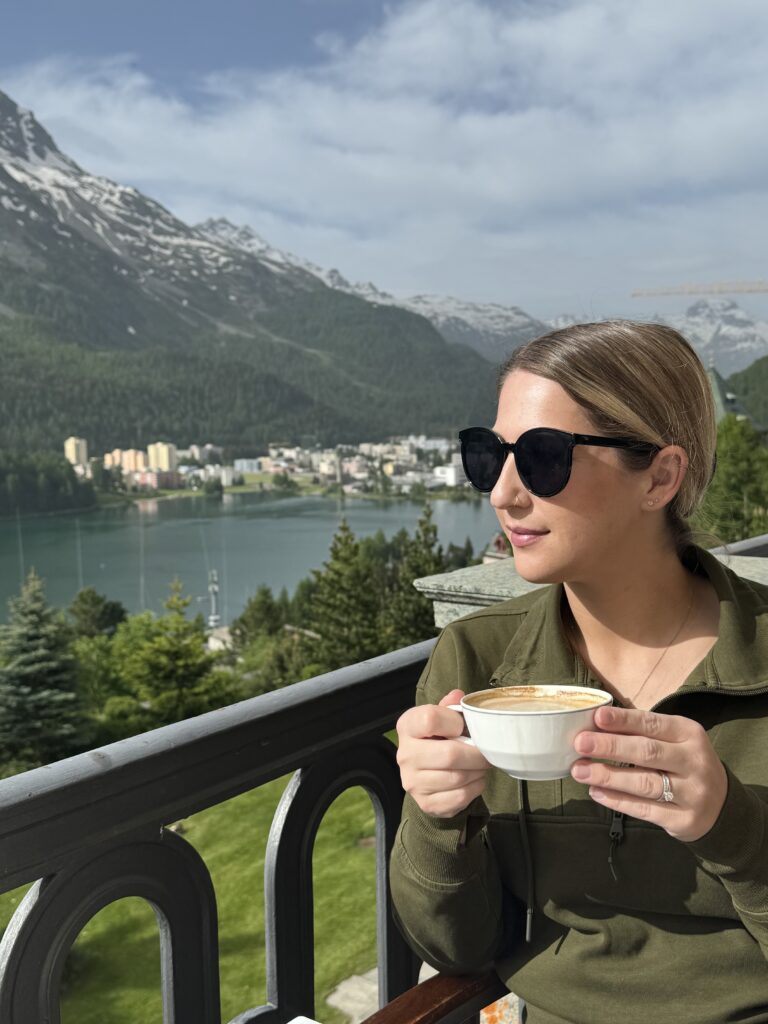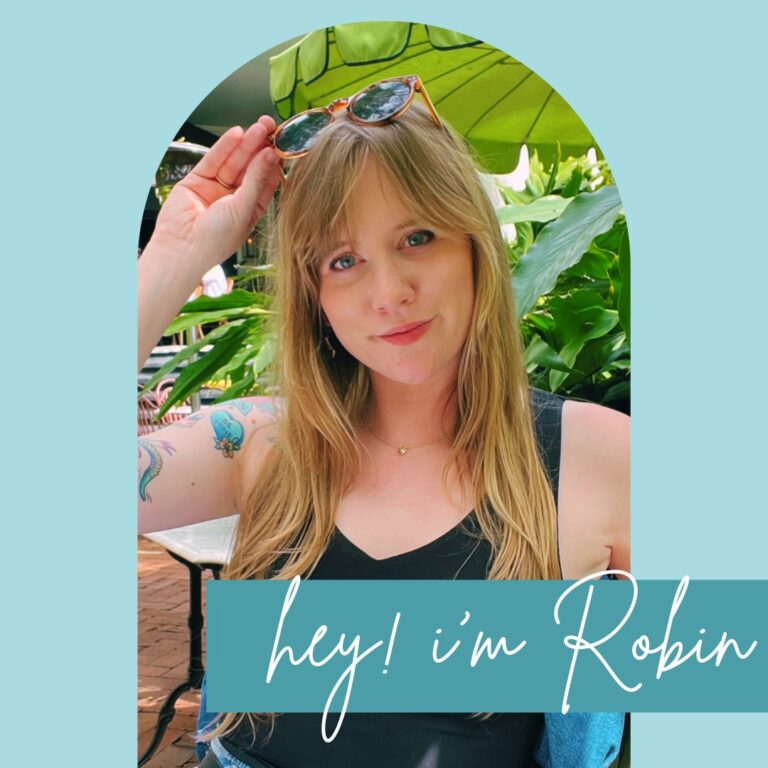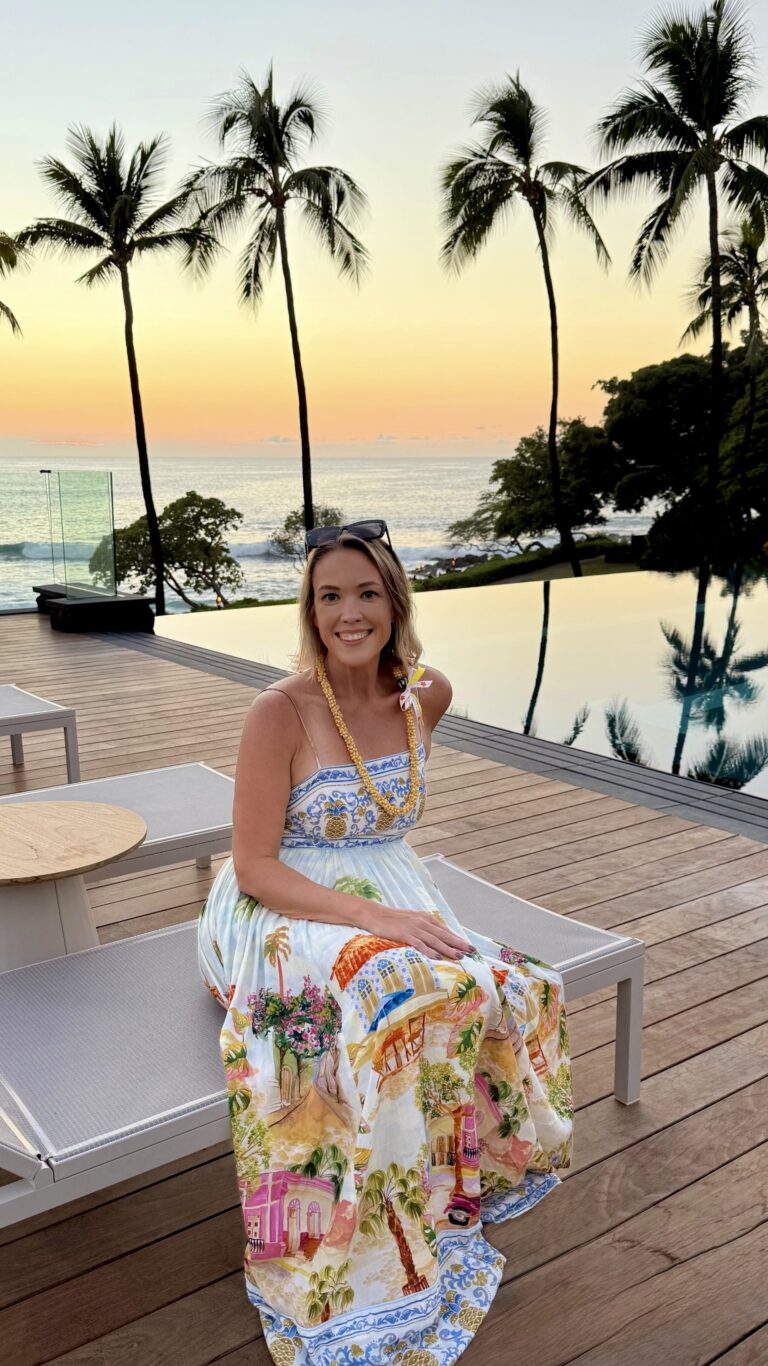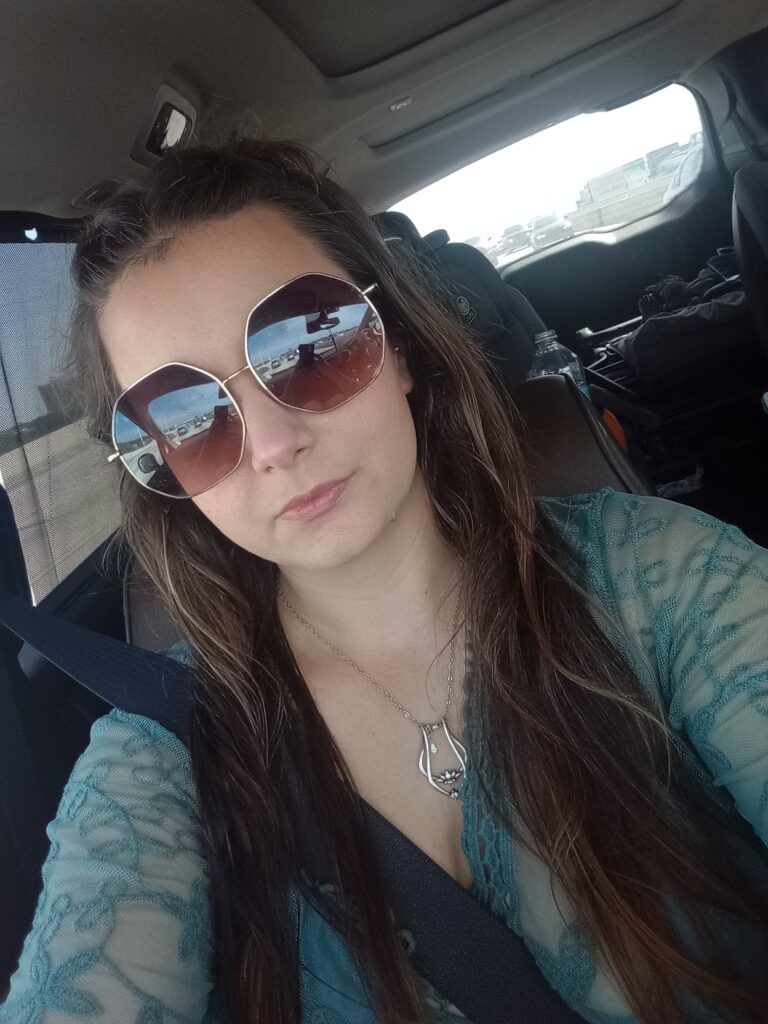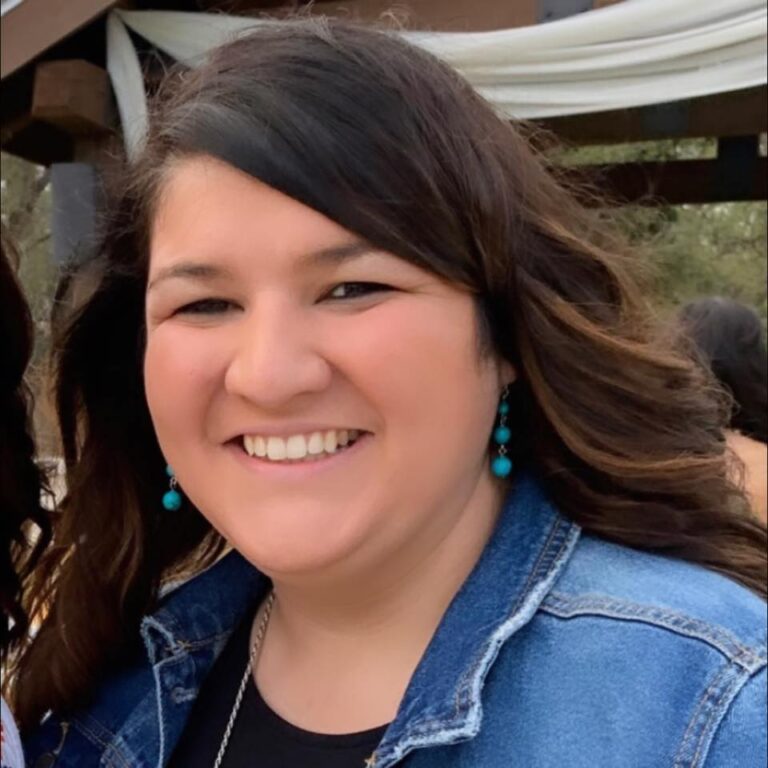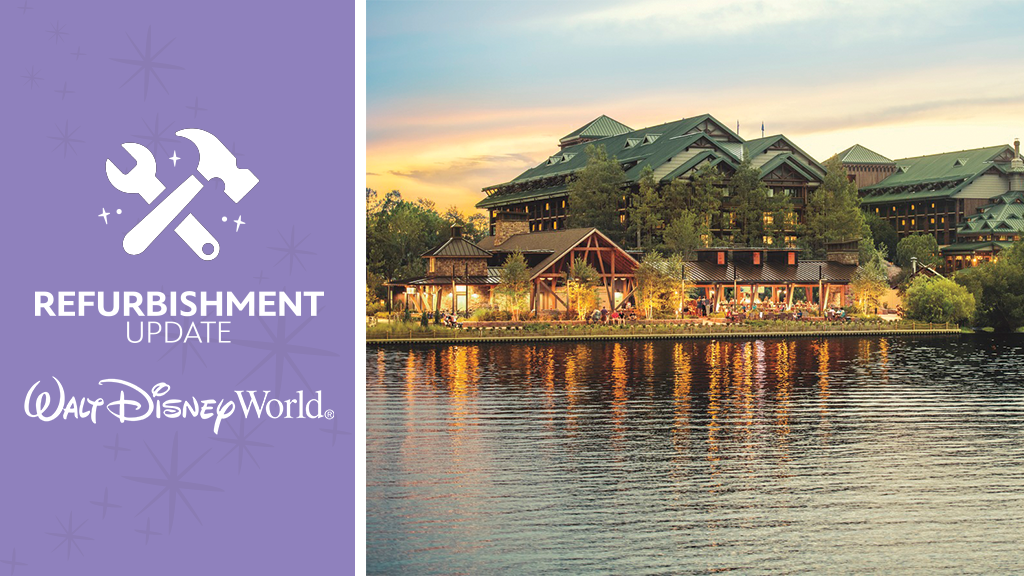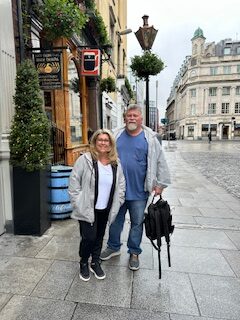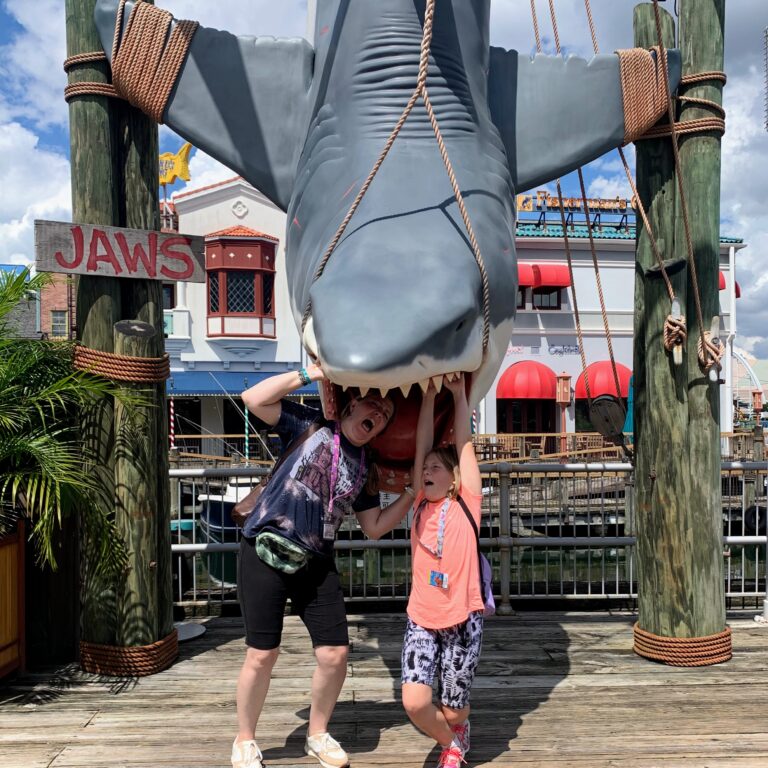Overview
Introduction
Also known as "Chichi," Chichicastenango, Guatemala, is a usually-sleepy town with cobblestoned streets 90 mi/145 km northwest of Guatemala City. On Thursday and Sunday, however, it wakes up and hosts a well-known market that attracts thousands of Amerindians and large crowds of tourists. It's the most crowded, hectic and noisy market in Guatemala, but that's part of the fun of attending, and there's likely nowhere else in the country—or elsewhere in Central America—where travelers will have such easy access to traditional culture. Plan on spending at least a couple of hours there.
The market starts at the steps of the 400-year-old Santo Tomas Church and covers a large area in front of it. Shop for such local handicrafts as pottery, weavings, chalecos (brightly embroidered vests), musical instruments and wooden masks—and be prepared to bargain. The vendors are not circus barkers, though. They bargain quietly and politely in order not to disturb the people praying and lighting candles.
In fact, we found the religious activities taking place on Sunday more interesting than the buying and selling. In the morning, costumed prayer men perform religious ceremonies on the church steps while white clouds of copal incense fill the air. (You can use the side entrance to the church, where locals light candles on the floor and pray, but do not take photographs there.)
You can visit Chichi as a day trip from Guatemala City or Antigua, but we suggest you arrive the day before the market and spend the night. If you get up early, you can watch hundreds of families pouring into town from the surrounding villages, bringing their produce and wares. And you'll get to watch the show before the tour buses roll in and the crowds get heavy.
Chichi's other big attraction is the Shrine of Pascual Abaj, on the outskirts of town. It's another place where local people regularly make sacrifices and give offerings. (According to a legend, Pascual was a poor hunchback who brought good fortune to a man who aided him.) If a ceremony is taking place while you're there, you can observe and take pictures, but you may be asked for an offering (a few quetzals will usually suffice). Even if there is no ceremony, the walk to this site is pleasant and the views of the city are lovely.
Overview
Introduction
Quetzaltenango, also known as Xela (SHAY-la), is Guatemala's second-largest city. Built on the former site of a Maya city called Xelaju (hence the nickname), Xela is an attractive place 127 mi/205 km west of Guatemala City with a wealth of handsome 19th-century architecture and a proud Maya and Spanish heritage. It's a good place to buy Maya handwoven products and learn Spanish. It has many language schools for those who want a more thorough immersion than is offered by the schools in Antigua; although the number of foreigners in Xela is steadily growing, there is still little English spoken there. Because of its altitude (7,650 ft/2,330 m), Quetzaltenango is also known as one of the coldest cities in Guatemala, so take a jacket.
Sights include the neoclassical Municipal Theater, the city market and the Parque Centroamerica, a beautiful square filled with statues and flanked by several fine buildings, including a restored colonial-era cathedral plus a somewhat bizarre natural-history museum. Concerts and folkloric dances often take place in the square, and a special handicrafts market is held there on the first Sunday of every month. Tour operators frequently package Quezaltenango with a trip to Chichicastenango and Lake Atitlan.
Several day trips and excursions are available from Quetzaltenango. The most popular day trip is to the picturesque village of Zunil, about 6 mi/10 km south of Xela. This typical Maya farming community has a pretty white colonial church and a popular handicrafts cooperative. Visitors also come to see the effigy of San Simon (known elsewhere as Maximon), a comical-looking, cigar-smoking saint worshipped by the highland Maya. San Simon is moved to a different house every year, but the locals always know his current location.
On the way to Zunil, you'll pass through Almolonga (try a hot mineral-water bath at the lower end of the village). From Zunil, nature lovers will want to continue on to the Aguas Calientes (or Fuentes) de Georginas (these springs vary in temperature and they can be dirty, too—but the drive there is beautiful). Or head for Cerro El Baul National Park, overlooking the city. North of Quetzaltenango are several villages: Salcaja, where you can visit the Church of San Jacinto, the first Christian church in Central America (Tuesday is market day); San Andres Xecul, whose church has the most elaborately decorated facade in Guatemala; San Miguel Totonicapan, which also has a nice church (Tuesday and Saturday are market days); San Francisco el Alto (a Friday market that is quite good); Momostenango, where you'll see the Los Riscos geological outcroppings (the town is known for wool blankets); and Nahuala, where you can get a good glimpse of typical village life.
Villages west of Quetzaltenango include San Marcos (hot springs); Concepcion Chiquirichapa (wooden-furniture manufacturing); San Pedro Sacatepequez (lovely indigenous clothing); San Martin Sacatepequez (baskets); and San Juan Ostuncalco (furniture manufacturing). Several hours northwest of Quezaltenango are the ruins of Zaculeu (a Maya religious center that was conquered by the Spanish in 1525) and the towns of Huehuetenango (a large market town) and Chiantla (a nice church).














